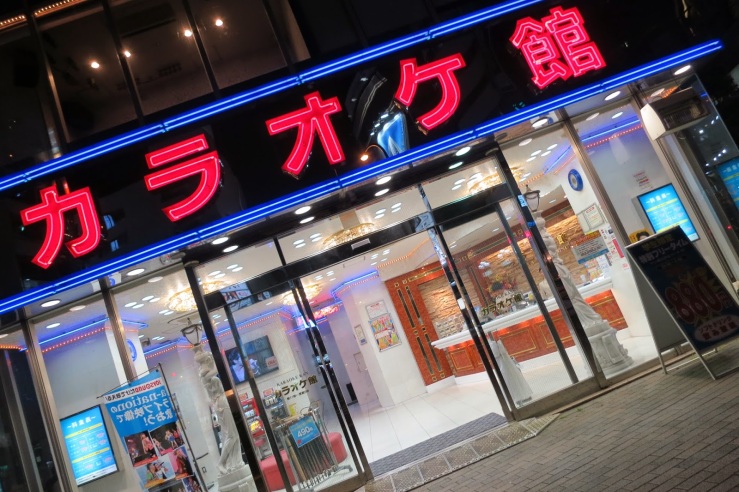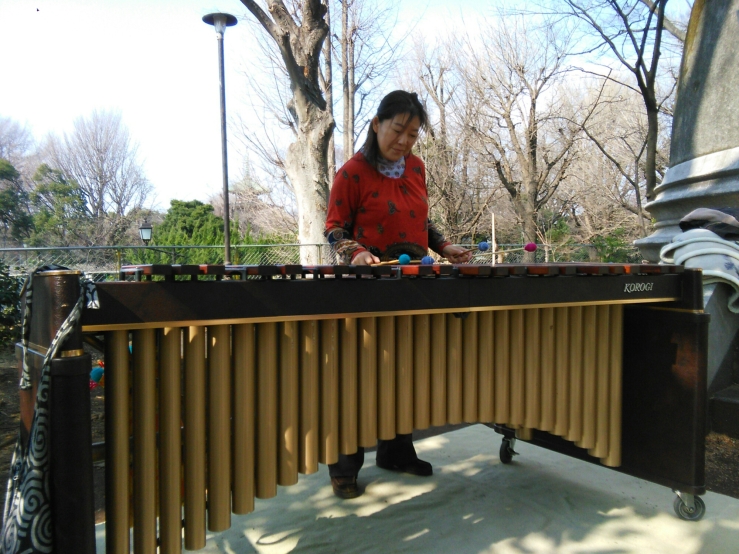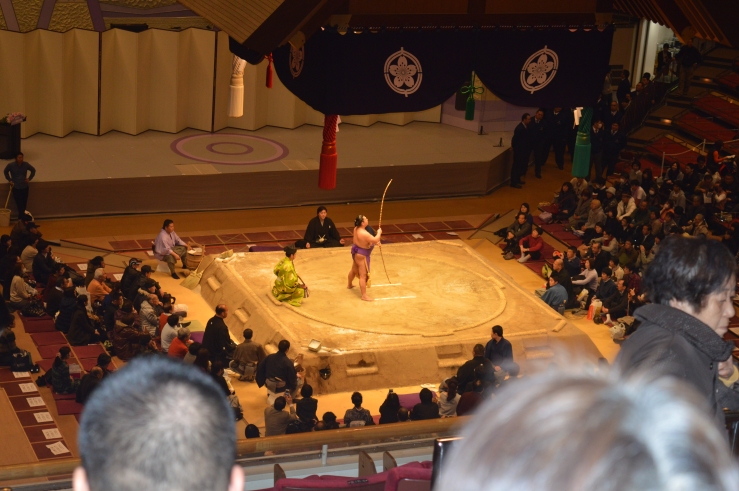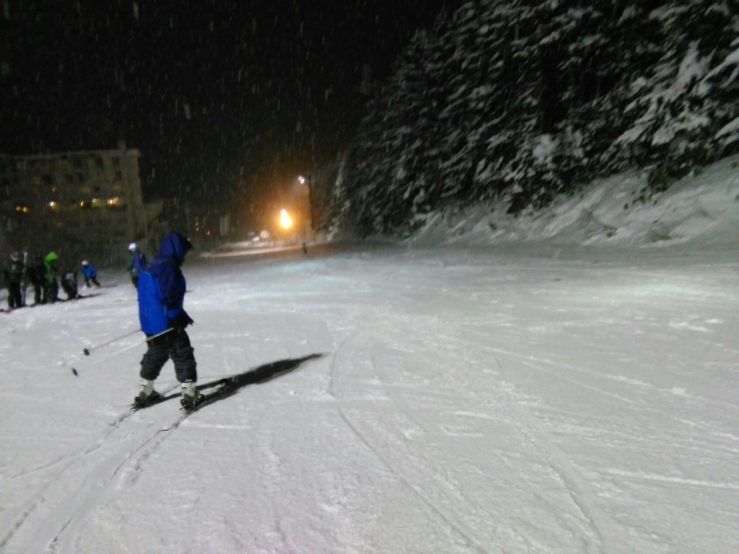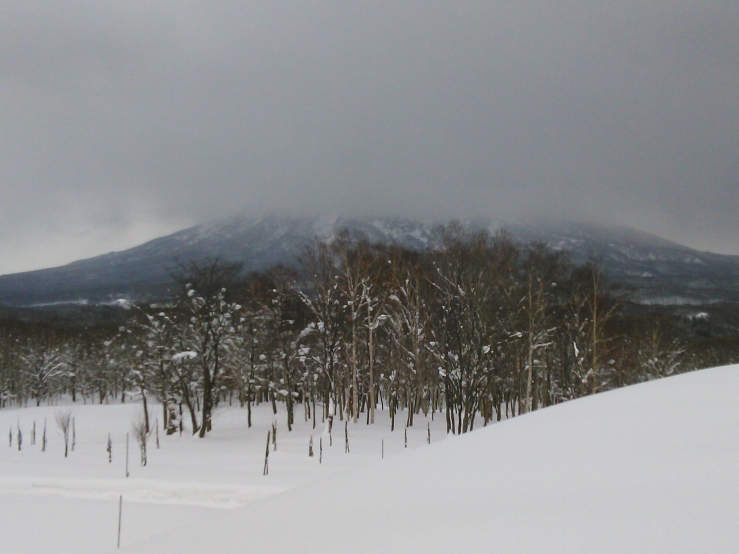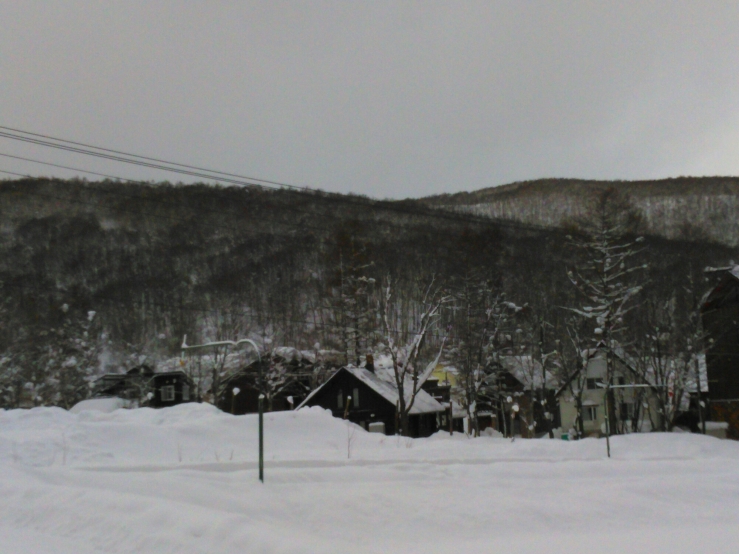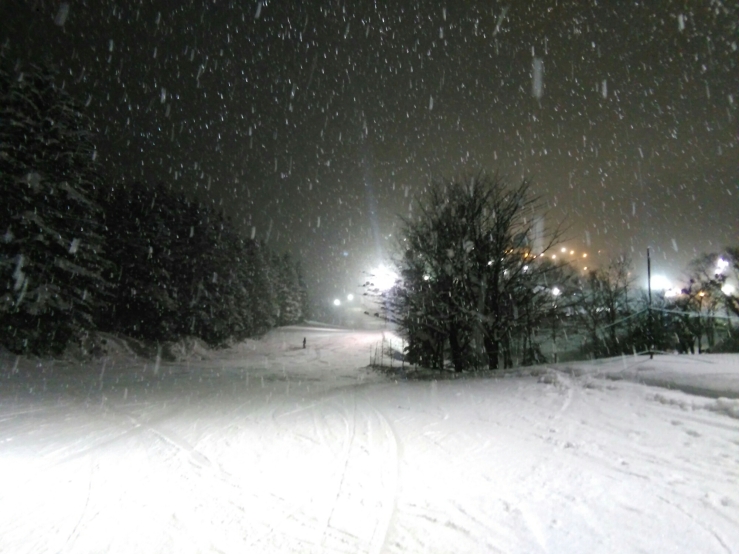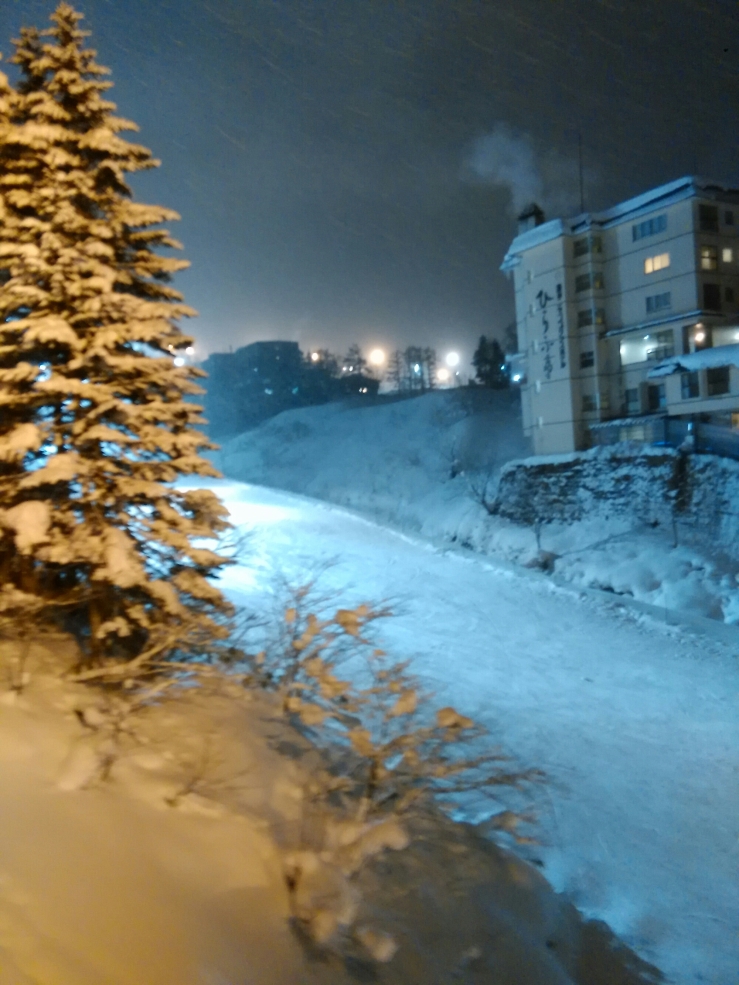Big cities always have a specific place dedicated to food, a pilgrimage for foodies and fatties alike. Manchester has Curry Mile which (not so surprisingly) is a mile long stretch of curry shops; some edible, some not. Tokyo has Kabukicho; an almalgamation of bars, restaurants, rowdy promotion boys and the odd prostitute. Osaka has Dotonburi, the hyperactive offspring of an advertisement museum and a food court.
Plastic food is an advertising staple of Japan, every one from tiny standing-only bars to cafes to restaurants use plastic food as a lure for the customers. Perfectly crimped lettuce and freshly plumped burger buns line windowsills and doorways. Dotonburi however takes this to the extreme as giant food hangs suspeneded twenty feet above the ground, signposting the street much better than any shoddy roadsign can. Need to meet a friend? Do so under the ten feet gyoza. Get lost? Make the rendezvous point the six foot plastic puppet. So in true Dotonburi style, you’re welcomed into the madness by a giant, animatronic waving crab who then passes you on to his good friend the illusive giant squid.

A floating puffer fish, a set of dragons and a teeth-baring, nightmare-creating chef follow.
And that’s just the decoration. In Tokyo you can’t move for people, down dontonburi you can’t move for smells. Fresh bread, steak, tempura, seafood, takoyaki (slightly under cooked octopus balls), just to name a few make it like trying to run through water. With each step there’s another smell disturbing your progress. Don’t take this the wrong way though, eat any food from any shop, restaurant or stall up and down this street and it’ll be hands down better than anything you can find in Tokyo, the purveyors of re-created food and chain restaurants.
And if you don’t fancy fried fish, there’s always the juiciest, most succulent, life changing burger you’ll ever try.

But is it Kobe though?





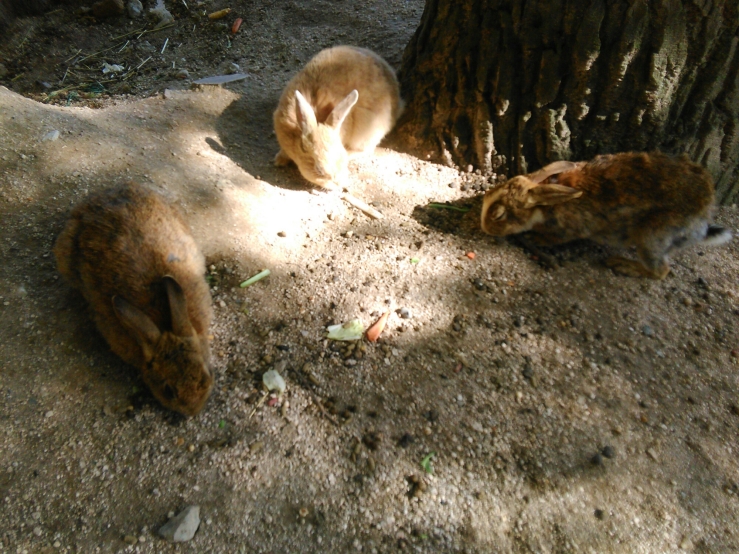
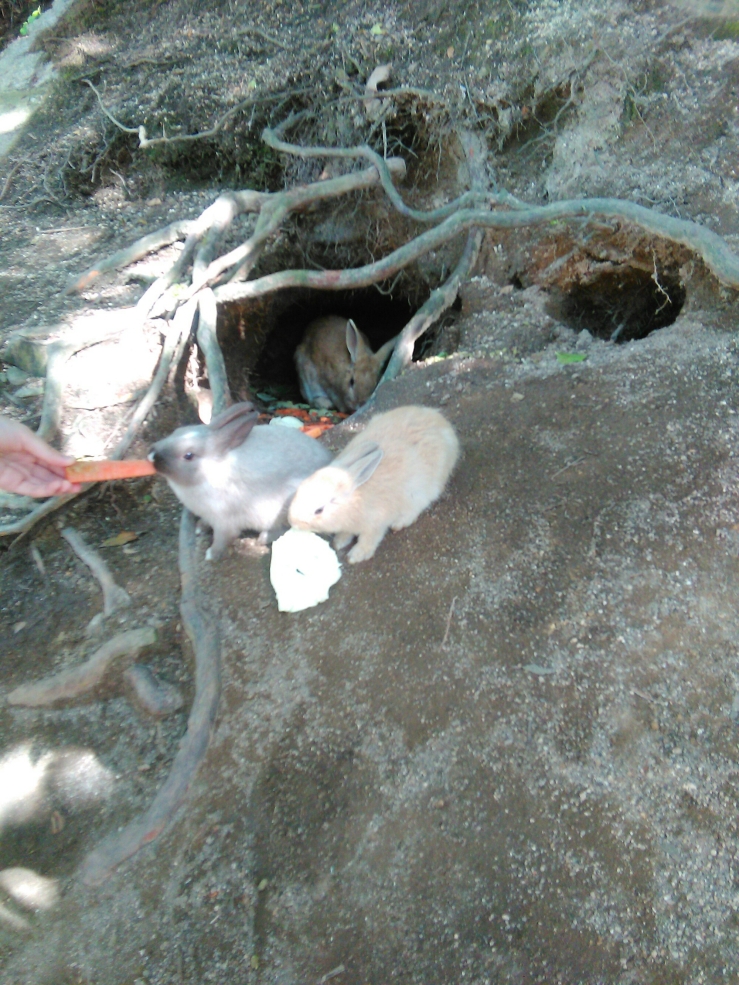

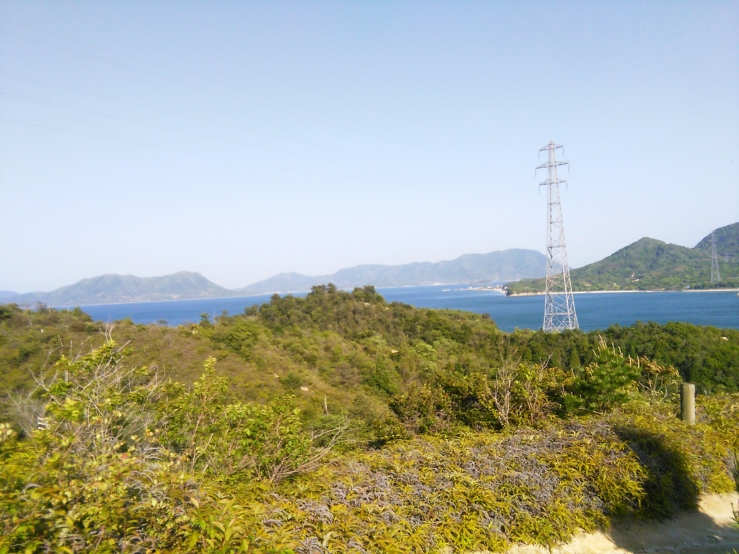
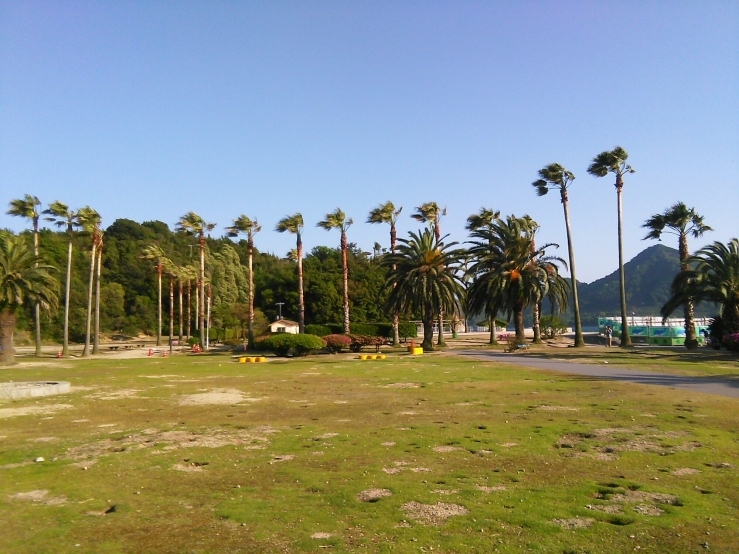







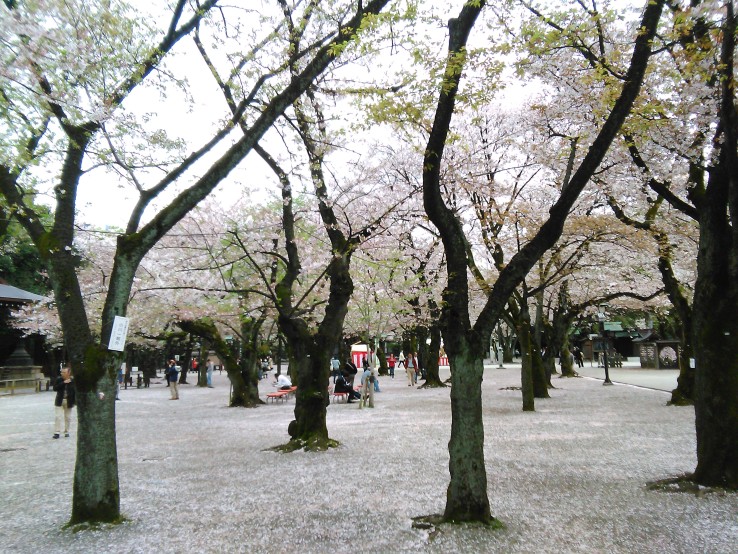
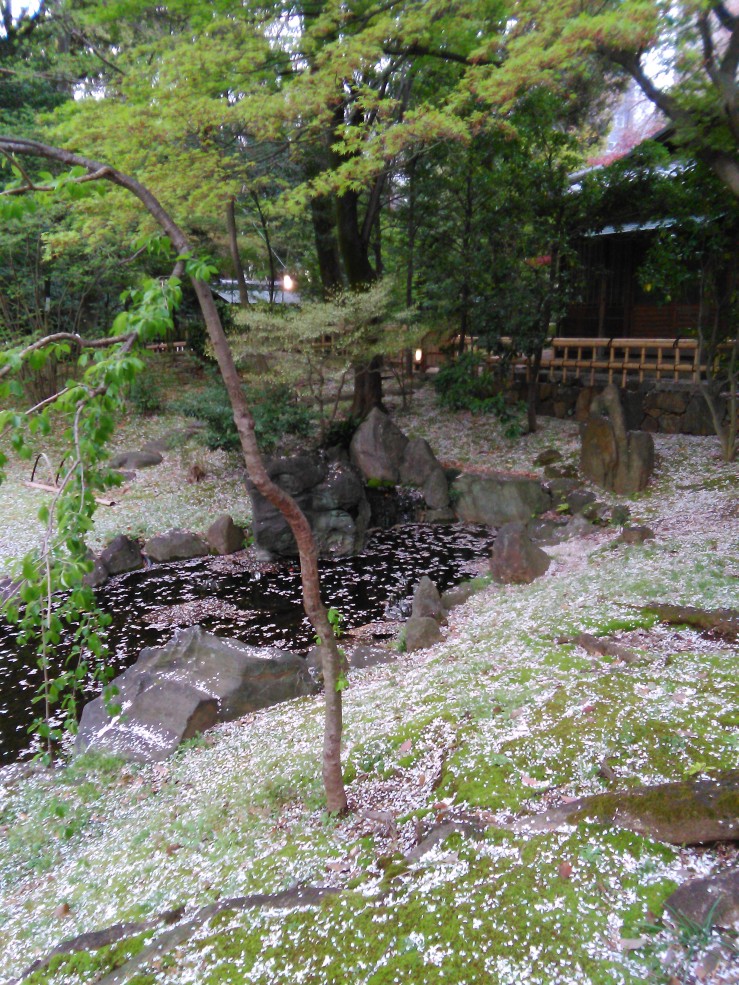




![IMG_20160304_201420[1]](https://reluctantwanderer.wordpress.com/wp-content/uploads/2016/03/img_20160304_2014201.jpg?w=739)
![IMG_20160304_185534[1] IMG_20160304_185534[1]](https://i0.wp.com/reluctantwanderer.wordpress.com/wp-content/uploads/2016/03/img_20160304_1855341.jpg?w=366&h=487&ssl=1)
![IMG_20160304_190938[1] IMG_20160304_190938[1]](https://i0.wp.com/reluctantwanderer.wordpress.com/wp-content/uploads/2016/03/img_20160304_1909381.jpg?w=365&h=487&ssl=1)
